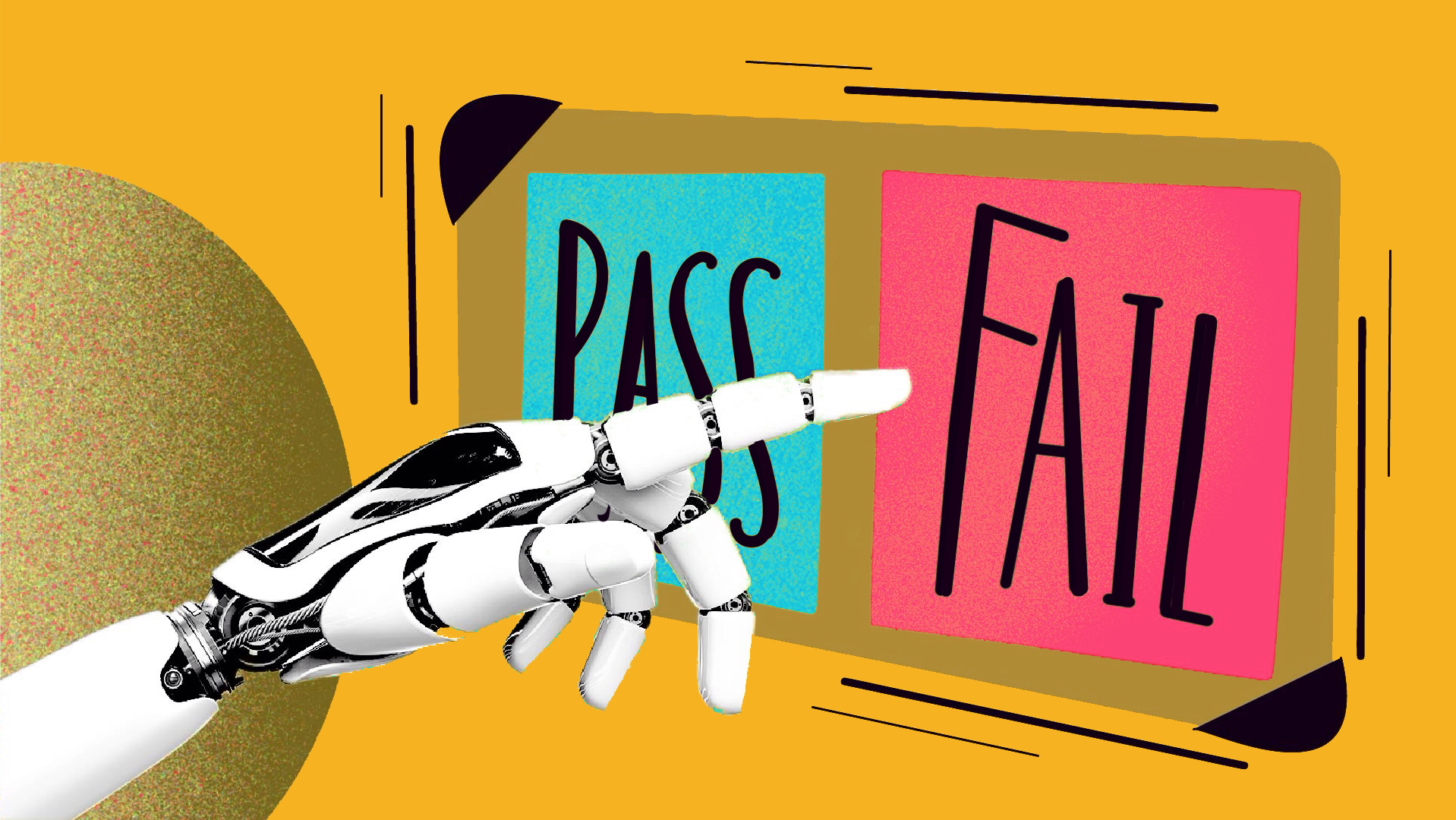Grading students’ work is a time-consuming and often challenging task. Artificial intelligence (AI) tools can help instructors save time and provide students with immediate feedback. However, before embracing technological solutions, it’s crucial to consider both the potential benefits and the pitfalls of using AI for grading.
The Allure of the Magic Wand
Picture this: You’re teaching a large introductory finance course and you’ve just assigned a problem set on the time value of money. With a few clicks, you upload the assignment to an AI-powered grading platform. The platform quickly and accurately grades the numerical responses, providing your students with instant feedback. This frees up your time to focus on more complex, subjective aspects of the course, like providing individualized guidance to struggling students or creating engaging classroom activities.
Similarly, in a writing-intensive course, you might use AI to provide initial feedback on students’ drafts. The AI could analyze aspects like grammar, sentence structure, and coherence, giving students a starting point for revision and allowing you to focus your feedback on higher-level concerns like argumentation and evidence.
When the Magic Wand Loses its Spell
However, not all assignments are well-suited for AI-assisted grading. Consider a strategic management course where students are tasked with developing a comprehensive business strategy for a real-world company. These projects require students to apply critical thinking, creativity, and contextual understanding to develop innovative solutions. While AI tools can be valuable in helping students generate ideas and analyze data, the final assessment of a business plan’s quality and viability often requires human judgment and expertise. An AI grading system, no matter how sophisticated, may struggle to fully grasp the nuances, originality, and real-world feasibility of a student’s strategic vision.
If instructors rely solely on AI to grade these kinds of complex assignments, they risk providing students with feedback that is superficial, formulaic, or misaligned with the realities of the business world, limiting students’ ability to develop the strategic thinking skills that are crucial for effective leadership. This could undermine the learning process and erode the trust and credibility essential to the student-teacher relationship.
Moreover, using AI to grade subjective assignments raises concerns about bias and fairness. If an AI grading system is trained on a limited or biased dataset, it may inadvertently perpetuate or amplify existing inequities, disadvantaging certain groups of students. For example, an AI tool trained primarily on business plans from male-led startups in certain industries might inadvertently penalize business plans that address specific needs or challenges for women, non-binary, and other underrepresented gender identities.
Responsible Use of AI in Grading
So, how can we leverage the power of AI-assisted grading while avoiding its pitfalls? The key is to use AI responsibly, as a tool to complement, rather than replace, human judgment. Here are some essential principles to guide the responsible use of AI in grading:
- Use data-protected tools and anonymize students’ work to protect privacy and reduce bias.
- Employ AI as a tool to complement, not replace, human judgment.
- Be transparent with students about the use of AI in grading.
- Regularly audit AI systems for accuracy, fairness, and potential biases.
- Continuously monitor and adjust AI-assisted grading practices based on student outcomes and feedback.
By adhering to these principles, we can harness the power of AI to enhance grading practices while mitigating potential risks and pitfalls.
Conclusion
AI-assisted grading is a powerful tool that can help faculty save time and provide students with timely feedback. However, it is not a magic wand that can replace human judgment and expertise. As we navigate this new landscape of AI in education, it’s essential to approach it with a blend of openness and caution, tapping into its potential to enhance learning while remaining committed to fairness, transparency, and educational integrity. By using AI responsibly and remembering the irreplaceable human connection between teacher and student, we can create a grading process that is more efficient, consistent, and responsive to student needs.










